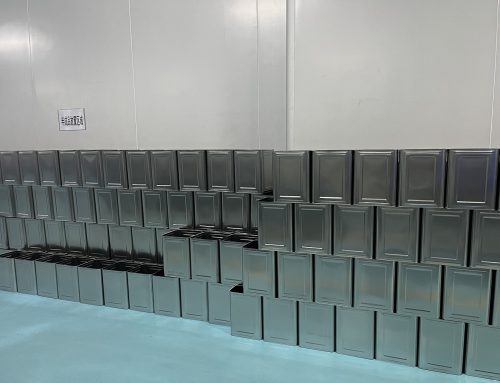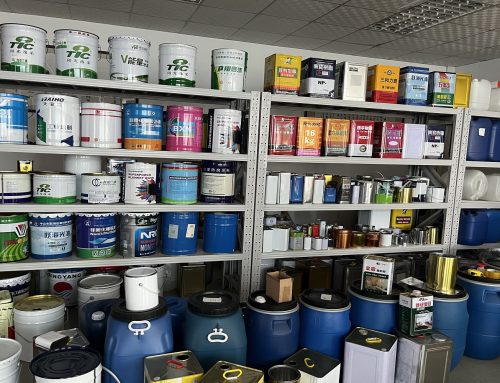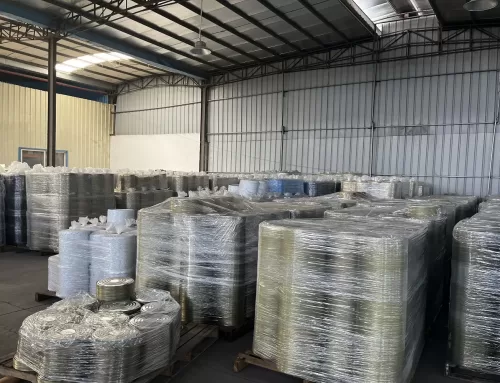1. Hardness test of tinplate box
In the past, the hardness test of tinplate mostly used the Cangzhou Oupo surface Rockwell hardness tester, and used ordinary steel flat anvil to test the HE30r hardness. In recent years, since the national standard GB/T2520-2000 for tinplate has adopted the internationally accepted HR30Tm hardness representation method, diamond anvils have been used in China to test the HE30Tm hardness value of tinplate.
2. Visual method
The visual method is a traditional color measurement method. It is a completely subjective evaluation method, and it is also the simplest method. It directly compares the printed matter with the standard sample sheet to evaluate the color difference between the printed matter and the standard sample sheet. At the same time, it also uses a magnifying glass to observe the shape and overprinting status of each color dot, and qualitatively evaluate the tone value of the dot. Its essence is a visual photometric method. The principle is to use the law of additive color mixing to add together the unknown colors of each component to describe the resulting unknown colors. Although the most reliable way for color evaluation is to use the human eye, and it is simple and flexible, but due to the observer’s experience and the influence of psychological and physiological factors, the method has too many variables and cannot be quantitatively described, thus affecting To the accuracy and reliability of the assessment.
3.Density detection Method
Density measurement actually does not directly measure the density value, but only measures the amount of reflected light and the amount of incident light. It is assumed that the difference between the reflected light and the light provided by the densitometer is the amount of light absorption, that is, the absorption of the ink layer on the printing surface The amount of light. Density measurement considers the overall light characteristics of the entire reflectance spectrum, and essentially evaluates the brightness factor of each color on the printed surface, regardless of the hue. In color printing, the color of printing ink is actually that the ink is printed on white paper with high reflectivity, and it selectively absorbs part of the wavelength of light from the light irradiated on it, and reflects the remaining light. Density reflects the ink’s absorption characteristics of light waves. The customary “color density” refers to the measurement of the density of yellow, magenta, and cyan inks through three color filters of red, green, and blue. Density is only a measure of physical absorption characteristics, and only indicates the degree of black or gray. In this sense, color density measurement is only a measurement of blackness, a reflection of the relative value of saturation of the same ink. The densitometer used in the density measurement method has two types of transmission and reflection. The transmission densitometer measures the amount of light or transmittance passing through the film, and the reflection densitometer measures the amount of light or reflectivity reflected from the test surface. Because the intensity of the reflected light of the ink film on the printed matter is different from wet to dry, there is a certain error in the density measurement, and the densitometer with polarization filter can overcome the density change caused by the dry and wet ink film. . The color reflection densitometer has become an indispensable tool in the printing workshop. It intuitively reflects the density, dot percentage, ink overprint rate, etc. of C, M, Y, K four-color printing, and is widely used for color and ink layer thickness control among.




